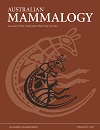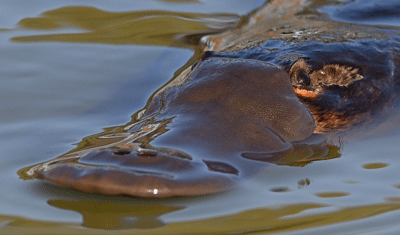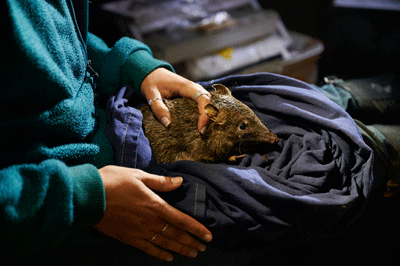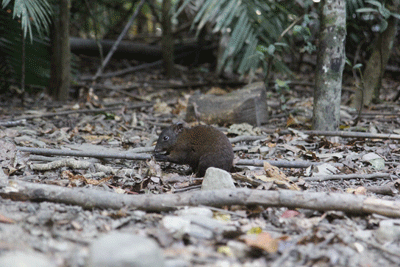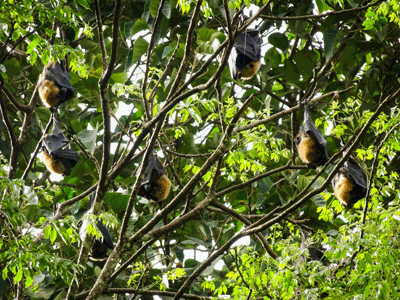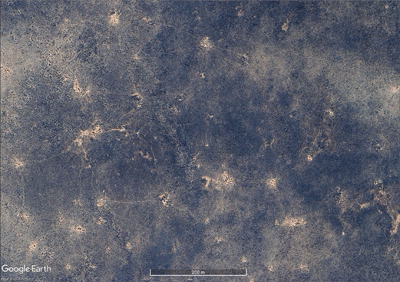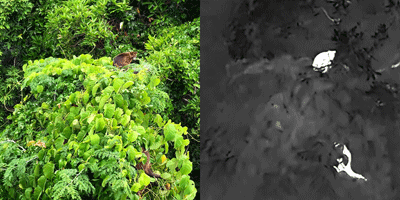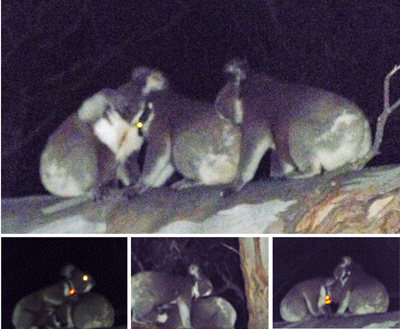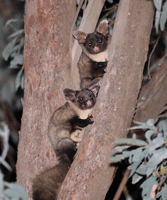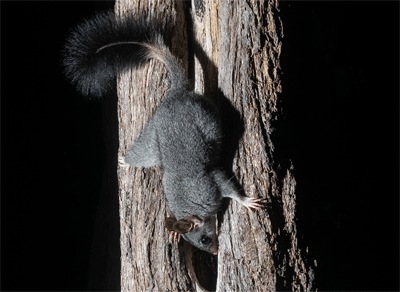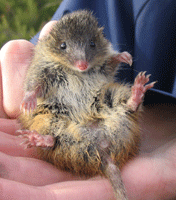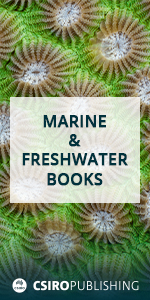AM24032Factors contributing directly to platypus (Ornithorhynchus anatinus) mortality and implications for conserving populations in the wild
Effective species conservation action often relies on knowing what directly drives mortality. To identify factors contributing to platypus mortality, we collated details of more than 400 deaths recorded since 1989. Important causal agents included drowning in fish nets or enclosed yabby traps, predation (mainly by foxes), becoming accidentally hooked by recreational anglers (and then released with line still trailing behind the animal), litter entanglement and being hit by motor vehicles. Photograph by Nicholas Rowlands.
This article belongs to the collection: Recent research on the platypus.
AM24032 Abstract | AM24032 Full Text | AM24032PDF (1 MB) Open Access Article


